Ingredients : Pistacia lentiscus , Sesamum indicum
Active Ingredients: Phenol , tanins , terpenoids , alkaloids , flavonoids , linear peptides , saturated , un saturated , Fatty acids , triterpenoids , α - pinene , linoleic and linolenic acid
Indications: Removal of ear obstruction, otitis, analgesic for ear pain, eliminates ear winds.
Dosage and administration: Keep in hand for a while to reach body temperature. Drop one or two drops of oil in the ear every 8 hours.
Side effects: No specific side effects have been reported
Recommended tips: Take as directed by your doctor.
Contraindications and precautions: Not recommended for pregnant and lactating women
Pharmacological effectsand mechanism of action MOA: From a physiopathological point of view, it is said that one of the main causes of ear pain is an infection in the outer ear. The eardrum and the outer ear canal, called the outer ear, become painful due to the infection. Touching the eardrum and the outer ear canal. Sometimes the formation of a hard mass (wax) in the outer ear can also cause ear pain. And if it is the origin of the middle ear, the infection in the middle ear leads to the formation of a purulent fluid behind the eardrum, which, when pressed into the eardrum, causes severe pain in the ear. It connects to the throat. In addition to pain, symptoms such as hearing loss (sound waves cannot travel through the skeletal system from the tympanic membrane to the eardrum) are caused by a middle ear infection.Pistacia is remarkably rich in linoleic and linolenic acids, which are vital fatty acids for human health. (Anti-estrogenic). , Hypoglycemic, antioxidant, antiprotozoal Antiprotozoals, analgesic and anti-inflammatory. The present results showed that aqueous and ethanolic extracts have central and central analgesic activity. The extract also showed anti-inflammatory effects against acute and chronic inflammation. These effects may be due to their content in tetracycline triterpenoids. One of the most prominent active triterpenoids is oleanolic acid from Pistacia. Other studies have shown that triterpenes have significant analgesic and anti-inflammatory activity. Pinen showed anti-inflammatory effect, a type of monoterpene, except for the dominant component in essential oils.Because the analgesic activity of the extracts is not completely inhibited by naloxone, other mechanisms of action such as cyclooxygenase inhibition and environmental mechanism may be considered. It has been suggested that Pistacia may have inhibitory effects on the release of mediators, causing blood vessels to dilate, as well as having a membrane-stabilizing effect that reduces capillary permeability. Other mechanisms, such as common steroid agents, may be analgesic. A study of Pistacia found that hydrocarbon monoterpenes are a major component.
Oleanic acid is one of the most well-known biologically active triterpenoids (3-exoterpenoid), which has anti-inflammatory and leukotriene inhibitory effects. Opioid receptors and inhibition of cyclooxygenase may mediate these activities. In these compounds, secondary metabolites such as tannin phenols, terpenoids, alkaloids, flavonoids, linear peptides, etc. have specific
biological activities against many pathogenic microorganisms.
Pharmacological effect of this product from the perspective of traditional medicine:
In the wide range of traditional medicine insights, earache can be caused by a bad temper with or without a cold or hot substance. Other causes include pimples, sores, swelling, or inflammation that may or may not be hot or cold inside or outside the ear. Caused by impact or falling or penetration of an object, animal or water. In any case, the
product provided in accordance with the general order In the treatment of the ear, it is neither too hot
nor too cold, but it is mild and emollient, and very gentle and soothing and receptive. As a result, it is very useful for treating painful internal inflammation.
References:
1-PMC/Antinociceptive and Anti-inflammatory Effects of Pistacia vera LeafExtract in Mice/2011
2-pmc/ The Selective Interaction of Pistacia lentiscus Oil vs. Human Streptococci, an Old Functional
Food Revisited with New Tools/2017

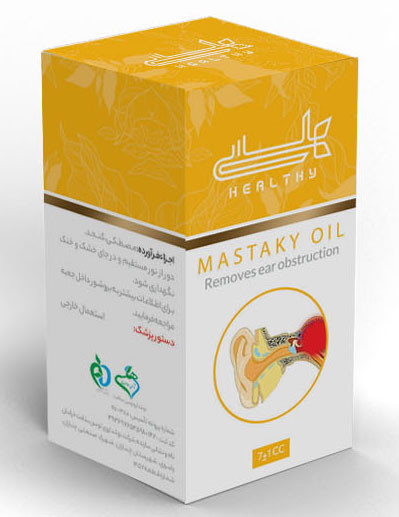
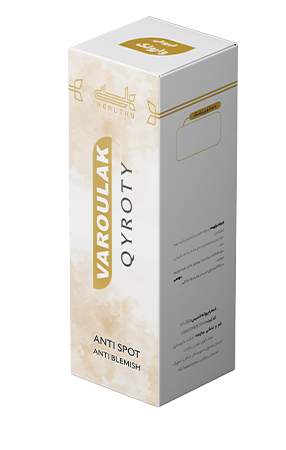
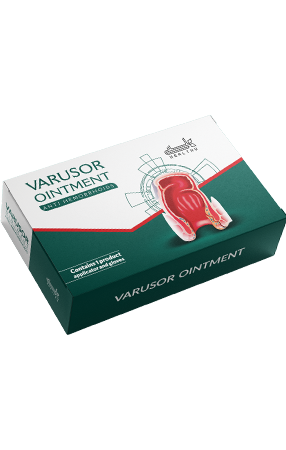
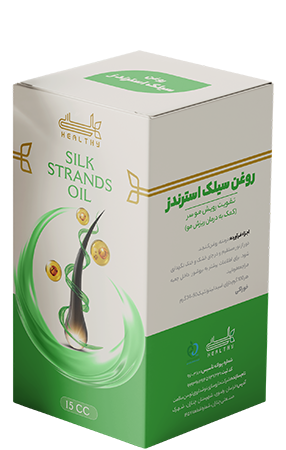
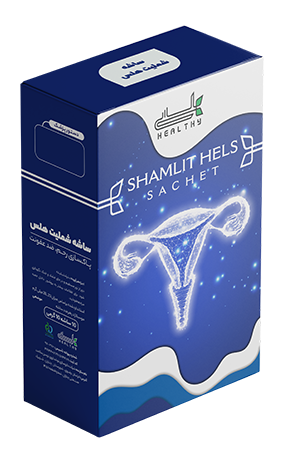
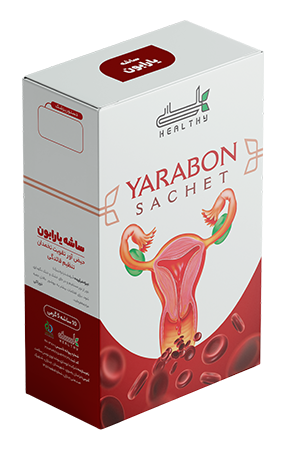

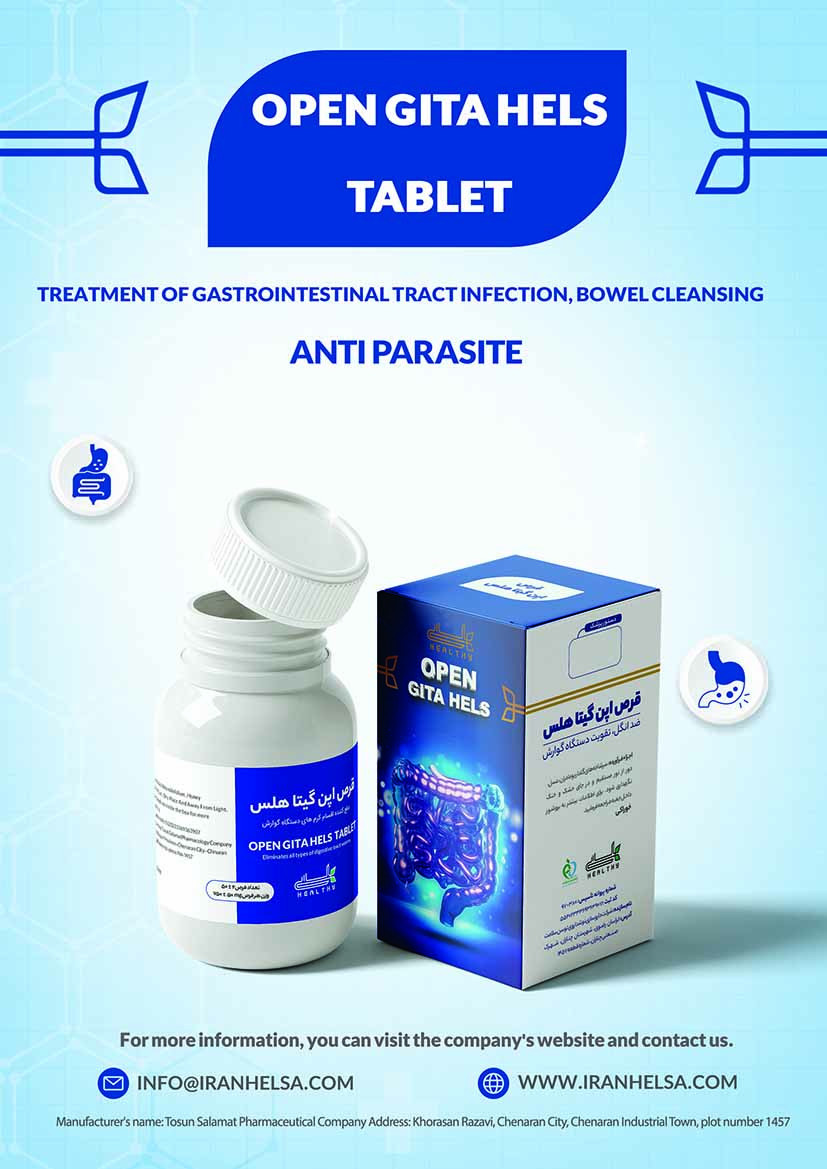
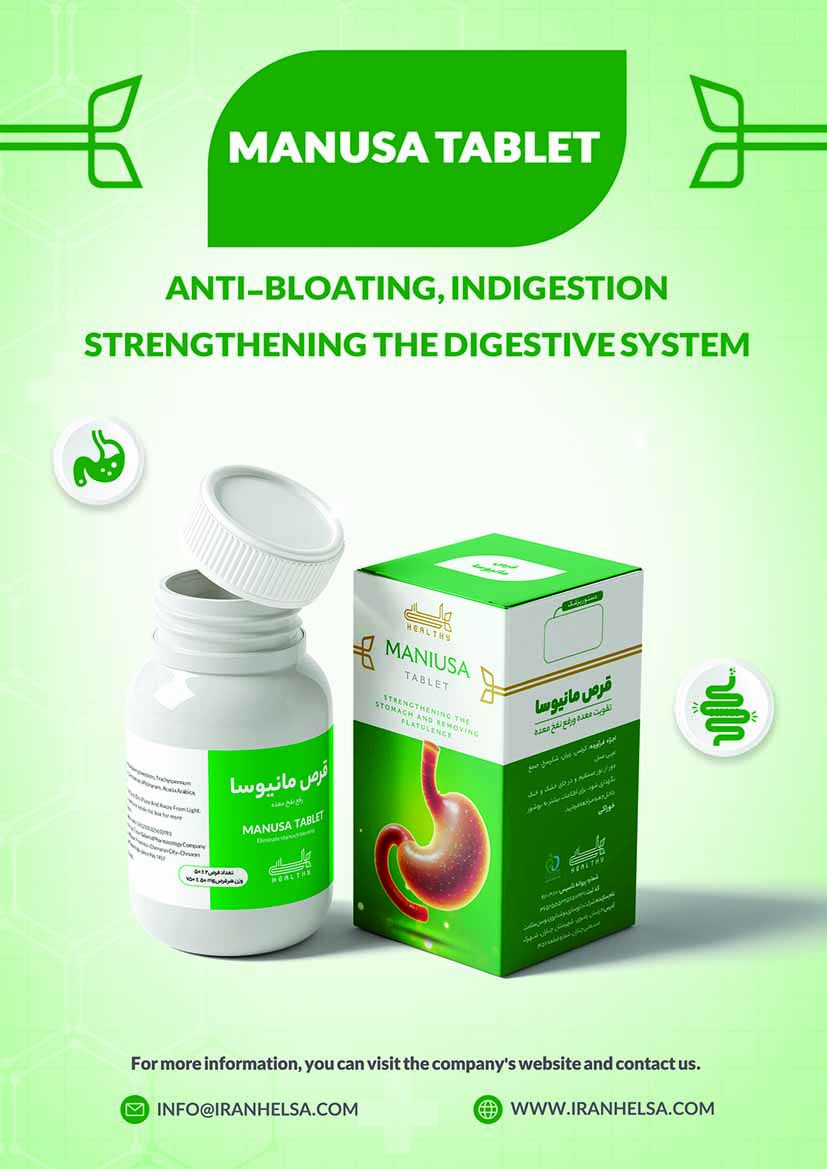
User comments